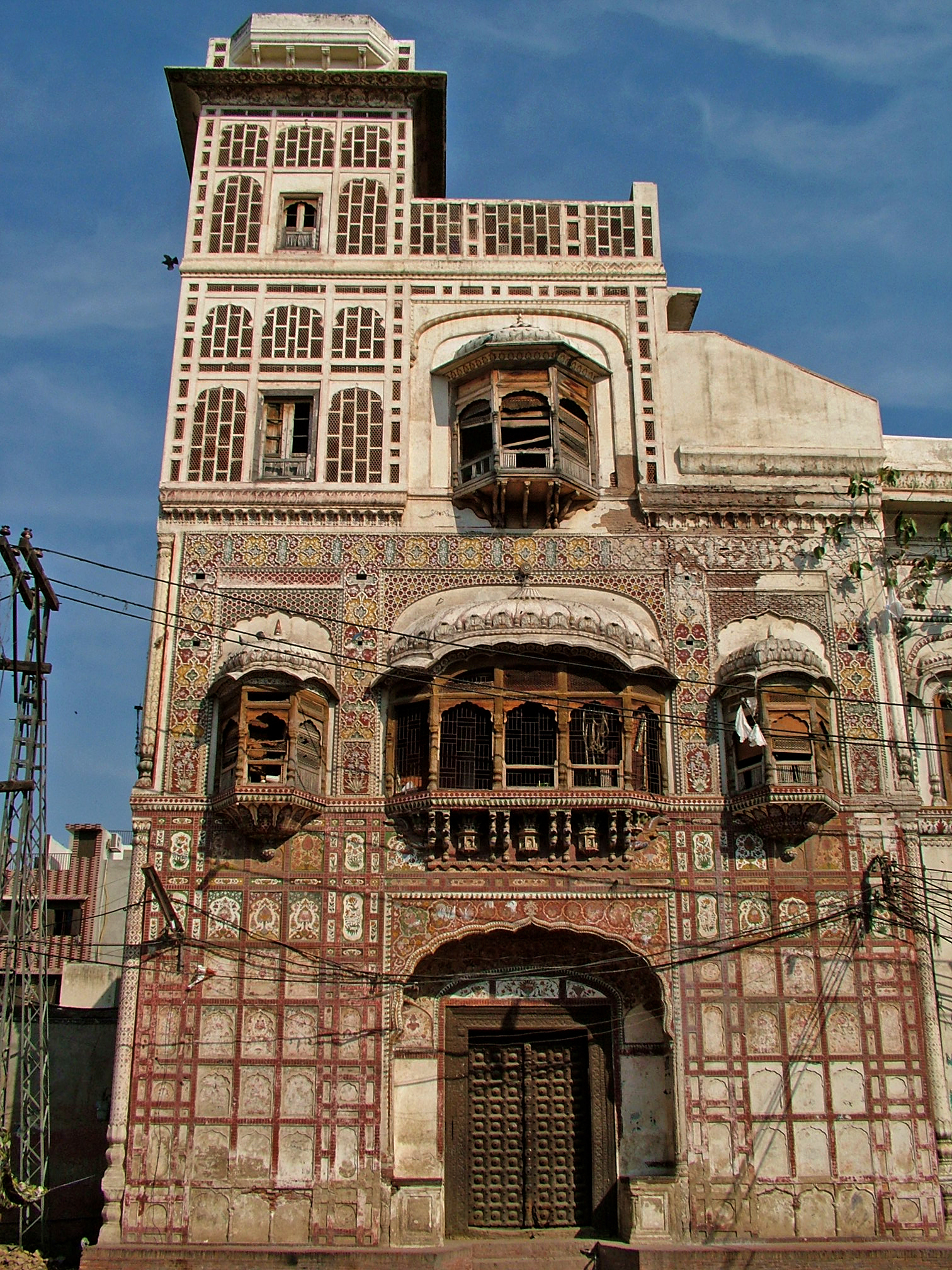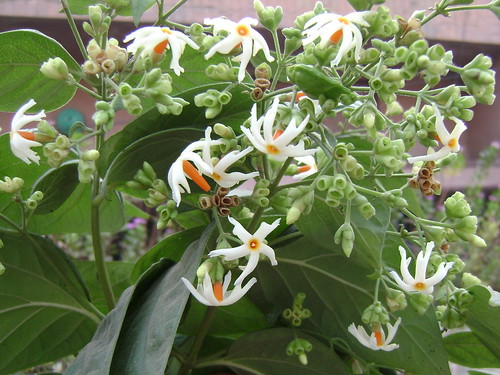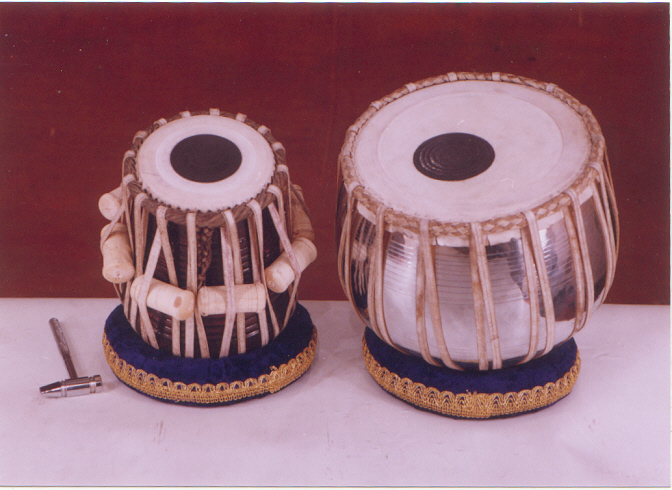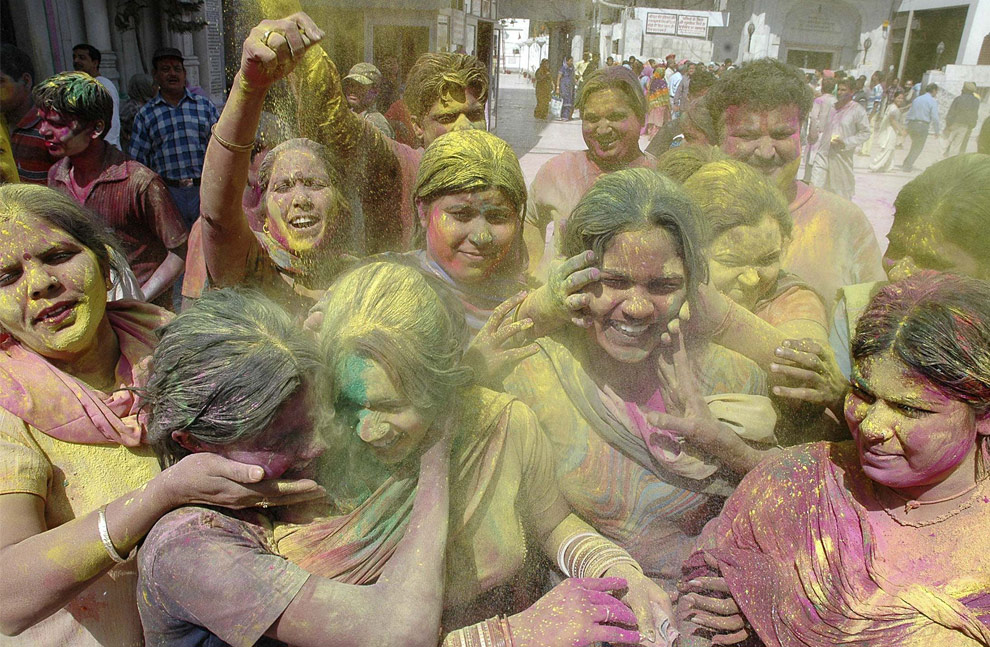Purdah or Pardaa (Hindi: पर्दा, Persian: پرده, Urdu: پردہ literally meaning "curtain") is the practice of concealing women from men. According to one definition:
- Purdah is a curtain which makes sharp separation between the world of man and that of a woman, between the community as a whole and the family which is its heart, between the street and the home, the public and the private, just as it sharply separates society and the individual.
This takes two forms: physical segregation of the sexes, and the requirement for women to cover their bodies and conceal their form.













